Sometimes we need clothing that might have extra flexibility to match our activity. Mostly in activewear, people are looking for stretch fabric. In this context, we will talk about 4 way stretch fabric.
Firstly it is time to learn about
Table Of Contents
What is Stretch Fabric?
Stretch fabric is a particular type of fabric that can be stretched horizontally and vertically. It can be a 2-way stretch or a 4-way stretch. When it’s only stretched horizontally or vertically, it will be called 2-way stretch fabric. Whenever The fabric gets stretched both horizontally and vertically is called 4 way stretched fabric.
- 2-way stretch fabric stretch in 1 direction, Horizontal or vertically stretched from selvage to selvage.
- 4-way stretch fabric stretches in 2 directions, Horizontal and vertical, from selvage to selvage.
Learn More: Difference between 2 way and 4 way stretch fabric
What is 4 way Stretch Fabric?
4-way stretch fabric is an extendable fabric that can extend in both warp and weft directions. Simply stretchable horizontally and vertically, It provides freedom of movement to the wearer. These characteristics of fabric are mechanically or structurally enhanced to stretch at both approaches.
History
In the 1960s, DuPont Corporation discovered a fabric manufacturing fabric that could stretch without damaging its structural integrity. They created stretch knit fabrics, stretchable and durable fabrics that could be distorted shape and return to their original form.
What is 4 Way Stretch Fabric Made of?
4 way stretch can be made of both woven or knit structures. In woven, it has spandex on the wrap and weft. In knit fabric, the blended yarn is used to produce 4 way stretch fabric. Basically, 4 way stretch fabric is made of elastomeric fiber like spandex, lycra, or other blended elastic fiber.
Types of 4-Way Stretch Fabric
According to composition four-way stretch fabric could be classified into the following types:
Polyester Spandex
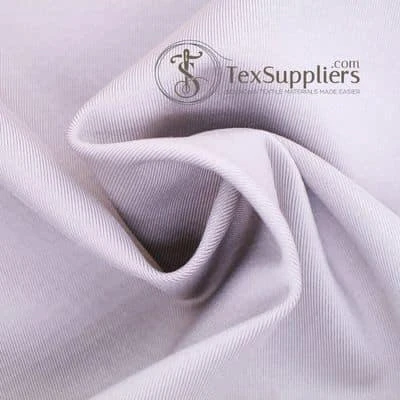
Fabric made of polyester is not stretchy at all. But today, most stretch fabrics are made of polyester. Polyester could be turned into a stretch fabric by blending spandex fibers with polyester fibers where Polyester 90-92% and 8-10% spandex fibers composition are used in the structure.
Cotton Spandex
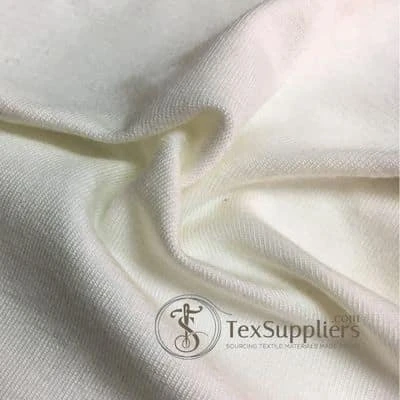
Like polyester, woven cotton does not have much natural stretch at all. It’s blended with spandex to produce the stretch property in fabric, where 95% cotton and 5% spandex are used to produce cotton spandex.
100% Spandex
Elastomeric fiber: Spandex or Lycra is crucial in producing stretch fabric. Sometimes 100% spandex is used to create super stretchy fabric. It is not something that you use for regular clothing. Mainly, 100% spandex is used to produce swimsuits, motorbike clothing, and other activewear.
Nylon Spandex
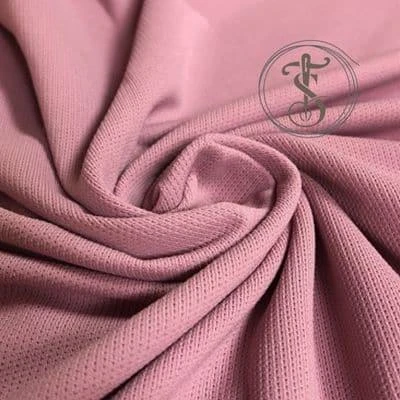
Nylon is not stretchy at all. But it is super durable. Nylon spandex fabric is perfect for adding flexibility and strength to clothing. Nylon spandex is made with 50% nylon and 50% spandex. It is used for swimwear, dancewear, costumes, and other types of activewear.
Rayon Spandex
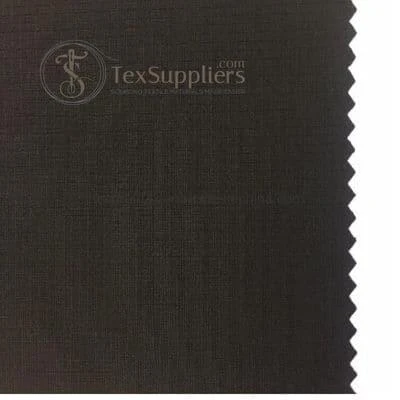
Rayon is a regenerated fiber. This can be produced by stretch fabric by adding spandex to the fabric structure where 95% rayon and 5% spandex are used to make rayon spandex. It is used for very breathable clothing.
Stretch Cotton Poplin
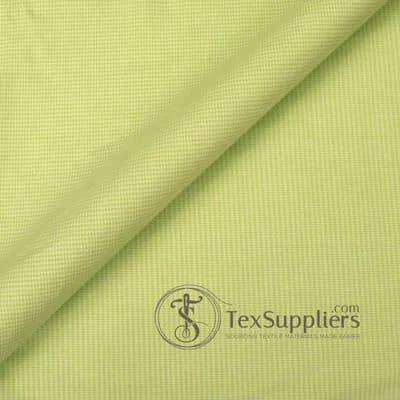
Stretch Cotton Poplin fabric is Poplin originated as a type of woven fabric that is typically produced from cotton. It becomes stretchy by adding an elastic fiber in the warp or weft direction.
It is produced with 97% cotton and 3% spandex. Stretch Cotton Poplin fabric is soft, lightweight, and great for making activewear like a dance dress.
Cotton Jersey Knit
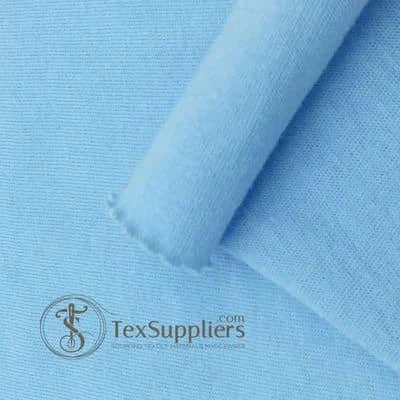
Cotton Jersey Knit is very stretchy but soft. It is prevalent in low-maintenance fabric. It doesn’t wrinkle easily. It is excellent for producing dresses, t-shirts, and even household textiles like bed sheets.
Stretch Satin
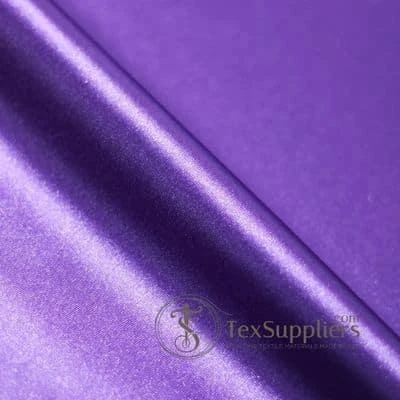
Satin is not typically stretchy. Because it is made of synthetic fibers like polyester. Therefore, stretch satin fabric is generally made of nylon and spandex, which makes it mechanically four way stretch fabric.
Characteristics
|
Elasticity |
Good |
|
Stretch ability |
Supper Stretchy Fabric |
|
Flexibility |
High |
|
Tensile Strength |
High |
|
Heat Resistance |
Good |
|
Light Resistance |
Good |
|
Moisture Absorption |
Poor |
|
Corrosion resistance |
Chemically Resistant to oxidants, Alkali, and inorganic acids. |
|
Abrasion Resistance |
High |
|
Sustainability |
Able to Prolong Use |
|
Comfort |
Very wearable and comfortable |
Characteristics of Four Way Strech Fabric
How can You Determine 2 way and 4-Way stretch?
You can test any fabric and find out if the fabric is 2 way or 4 ways stretched fabric.
1. Pull and distort the fabric from selvage to selvage. If it stretches well horizontally or vertically, it would be a 2-way stretch fabric.
2. Pull and distort the fabric horizontally and vertically. If the fabric stretches well, it would be a 4-way stretch fabric.
Applications
- Active Wear
- Athletic wear
- Sports Wear
- Swim Wear
- Leggings and other workout clothing.
Final Words
4-way stretch fabric offers much freedom of motion and durability to a wearer. So stop thinking about your garment flexibility and try the 4-way Stretch Fabric Now.
4 Way Fabric Textile Suppliers have:
- 4 Way White Fabric
- 4 Way Black Fabric
- Blue 4 way stretch Fabric
- Brown 4 Way Fabric
- 4 Way Softshell Fabric
- 4 Way Stretch Fabric
- 100% Polyester 4 Way Fabric
- 4 Way Stretch Fabric
- Nylon Spandex 4 Way Fabric
- Woven 4 way Stretch Fabric
- Softshell 4 Way Stretch Fabric
- Dobby 4 Way Stretch Fabric
- AOP 4 Way Stretch Fabric





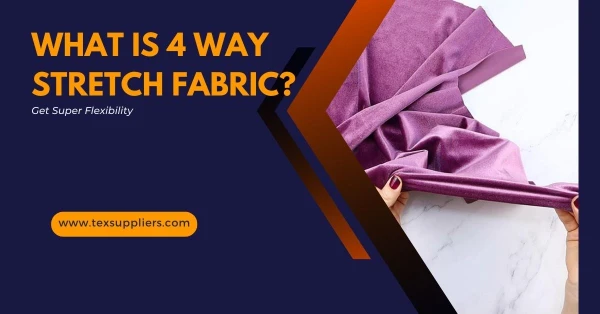
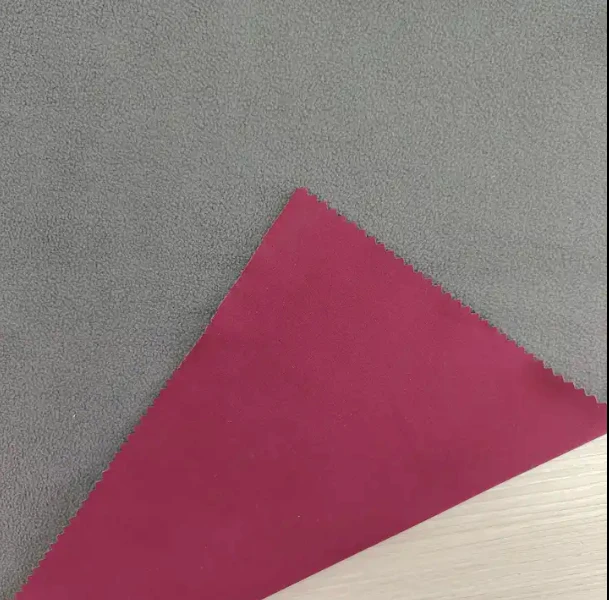
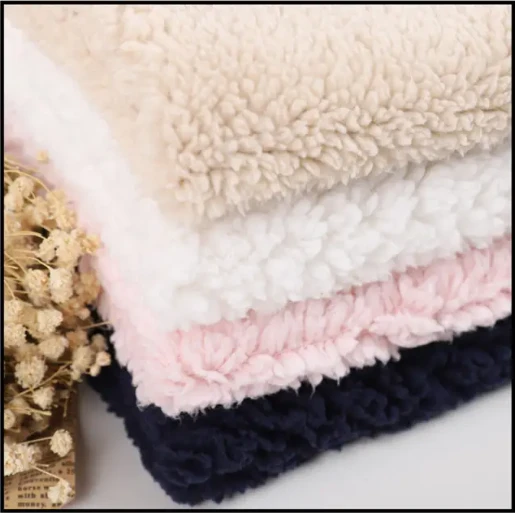

.webp)
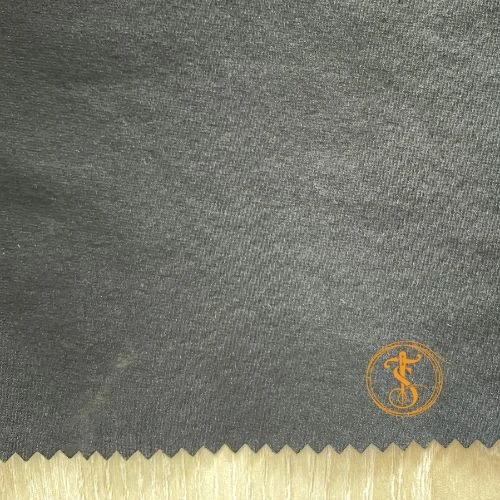





Comments - 00
Leave A Reply
Thanks for choosing to leave a comment.